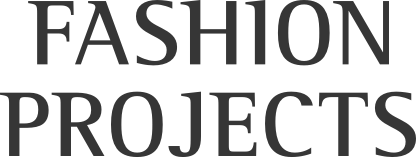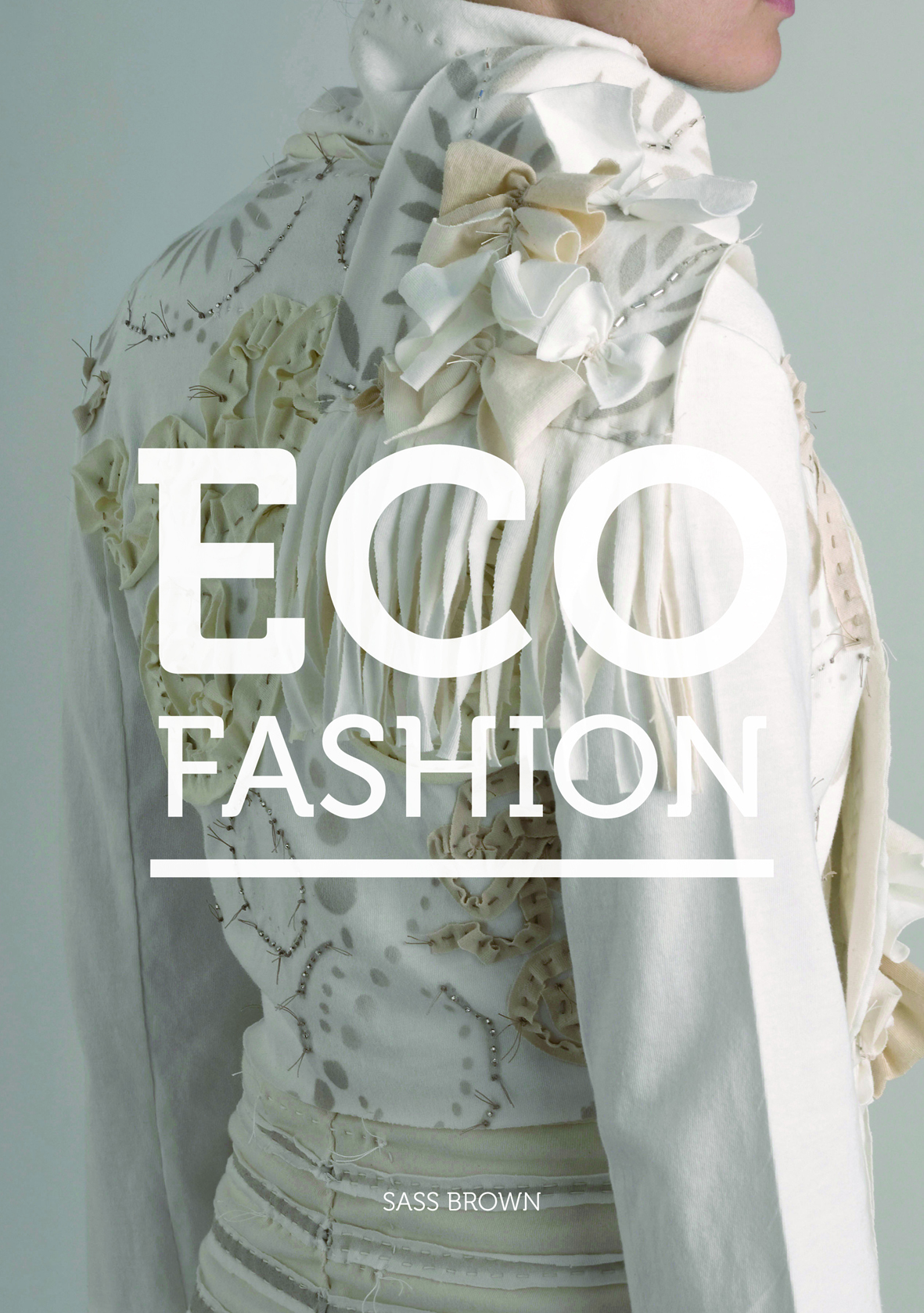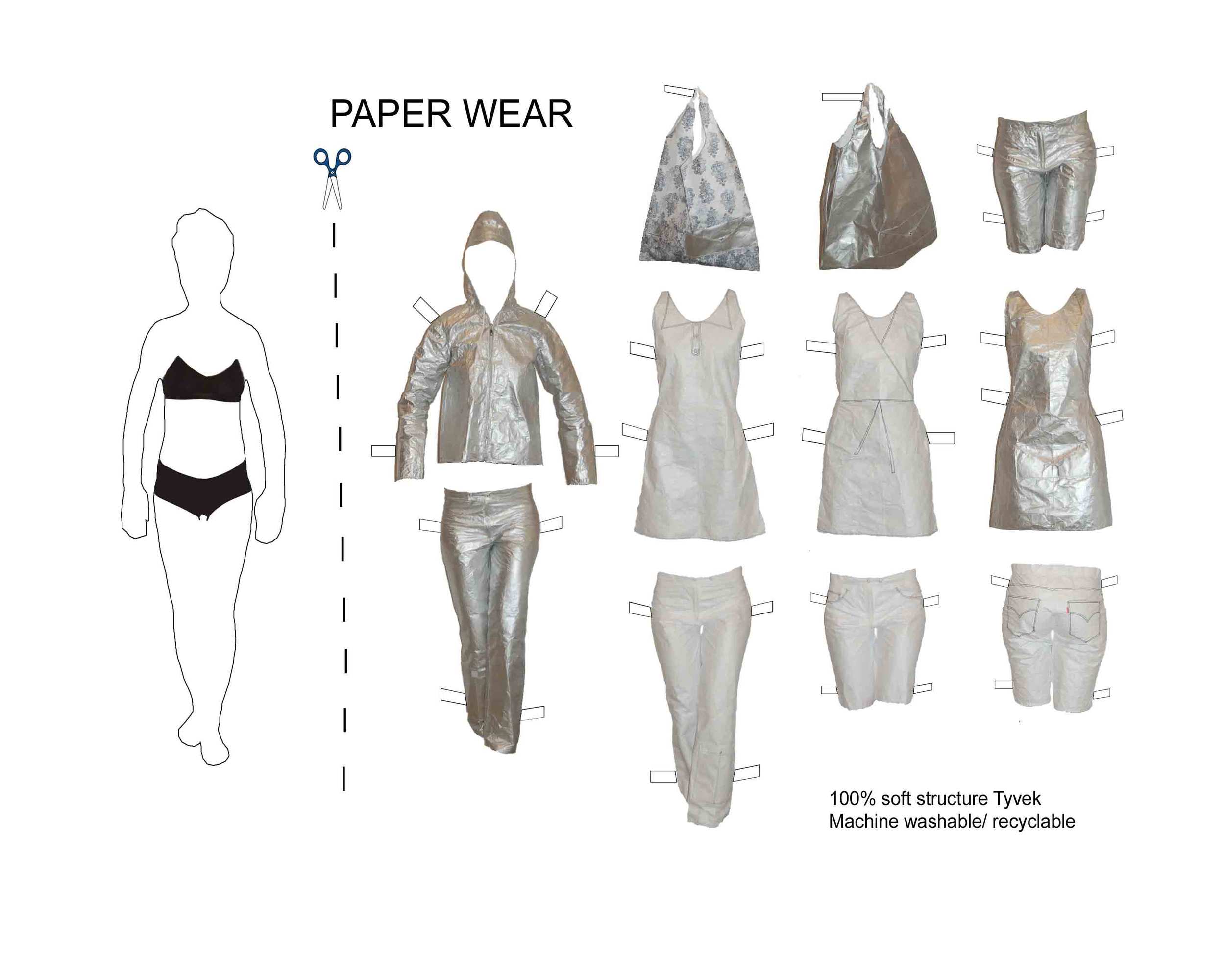Sustainability is Sexy: Design Intelligence; Fashion
/by Ingrid Mida
Design Intelligence; Fashion New York
Fashion acts as a mirror of society, which is what art used to be. It seems that fashion has supplanted art in reflecting cultural values, but has largely lacked critical reflection on its practices. At the Design Intelligence; Fashion event which took place September 18 and 19 at Parsons New School of Design in New York, questions of how intelligent design could impact the issue of sustainability were considered by a group of 100 “influential players in fashion”, including fashion designers, academics, manufacturers, trade council reps, and media. On the first day, participants were divided into small groups of five to six people to talk through some of the issues. On the second day, a series of lectures featuring such notable speakers such as Joel Towers, Hazel Clark, Otto von Busch, Sarah Scaturro, Gudrun Sjoden, Rebecca Earley offered their perspectives on the issue. This post summarizes my thoughts after the event.
At my table, the question posed to the group was: Emotions make us buy, whilst feelings make us keep. How do we create fashion that has a chance not only to connect emotionally, and create attachment, but also to retain it?
This question made me think of my work as Collection Co-ordinator of the Ryerson Fashion Research Collection. Each garment is imbued with the memory of its wearer, in the imprints of their body, in the stains and signs of wear in the textile and in the stories sometimes noted in the records and more often untold but still embedded in the folds. Garments offered for donation to a collection typically are ones that hold a special memory to the owner. They might have hung at the back of a closet for years before they are offered for donation.
You only need to ever handle an item of couture once to know that such items demonstrate enduring quality. Think of the Hermes Kelly bag or a Chanel jacket. These are not items that get tossed in the bin after a season, because they are classics, and made to endure. Buying such a thing represents an investment and involves a ceremony of purchase. In the past, there was also a deeper level of involvement in the making of a garment. Whether it was a visit to a couture house or a local tailor, acquiring a garment was a thoughtful process that had an element of ceremony, imbuing the piece with emotion and memory.
In contemporary society, consumers are divorced from the production process. Clothes have become commodities and the purchase of a garment can be an impulsive act. Getting something new for a single event is not uncommon, and that piece might only be worn once, after which it might be discarded and end up in a landfill. Fast fashion and the media fuel desire for the latest item and the result is long-term environmental damage from toxic production processes and post-consumer textile waste. It is estimated that over 21 billion pounds of post-consumer textile waste gets dumped into US landfills each year (Eric Stubin, Chariman Council for Textile Recycling). If some of that could be diverted for reuse and up-cycling, this could have an enormous impact.
The idea of attachment and emotional connection to a garment encourages the wearer to retain that garment and to wear it beyond a fashion cycle. Engaging in thoughtful design is part of the solution, but is only part of the story. People need to make more thoughtful purchases and consider such options such as resale or swaps and the remaking or recycling of the garment. Some companies have already implemented such practices, with labels offering recycling information and facilitating sharing among communities of wearers. Hazel Clark referenced the slow food movement which equates closer ties to the producer and sensorial engagement with the product as a possible model for sustainable fashion.
But, there is no single prescription to the problem, because our economic model is driven by consumption. Fashion has become linked to entertainment, and people want to buy more than they need in order to fit in, to create an emotional lift, and/or to satisfy aspirational motives. The fashionable image, hyped by the media, has created an insatiable cycle of desire for change.
To date, sustainability has largely been presented in the media as a fringe issue when it actually is an issue that affects us all. The question is: can we really afford cheap things? The cost of an item at the register actually represents a very small piece of the “real” cost if the costs of disposal as well as the costs of human rights violations and environmental damage were factored into the price tag.
What is needed is a fundamental shift of values so that sustainability becomes a shared paradigm. This might seem like an unattainable goal, but there is a precedent. Smoking used to be cool, but over time, government policy, education and social censure have redefined smoking behavior. For a similar thing to happen with sustainability, there must be a fundamental shift in values. Our purchases must be considered in terms of their true costs to the community and to society as a whole. Such a paradigm shift requires collaboration between designers, producers, consumers, media, educators, and government. If I drew a visual map, this would take the form of a spider web with the values of sustainability at the core, and webs linking all the players in a shared goal to encourage thoughtful participation in the acts of producing and consuming fashion.
Sustainable fashion can embrace a cool and sexy vibe, but requires thoughtful and intelligent choices on the part of both the designer and the consumer. Sweden seems to be on the forefront of this issue by sponsoring this Design Boost event and the rest of the world should take note. Government policy can encourage and support our actions and education can help change value systems, but in the end, we each make choices and by making small steps towards better choices, we are all better off.
Some of the choices we can each make include:
1. Making more thoughtful purchases, looking for lasting quality and when possible, embracing designers who use sustainable practices. Some designers to consider include: Gudrun Sjoden www.gudrunsjoden.com, Preloved www.preloved.ca, and bodkinbrooklyn www.bodkinbrooklyn.com.
2. Washing clothes less often, using less detergent and hanging to dry when possible.
3. Repairing and remaking clothes. Sarah Scaturro of the Costume Institute of the Met, suggested fashion hacking as a way to "recreate" a designer piece.
4. Recycling all clothing, footwear and textiles, either through resale or donation to charities that support recycling initiatives (such as Goodwill). Do not throw clothing items into the garbage, even if they are torn or stained. Visit www.weardonaterecycle.org for more information on recycling your clothing.
During the course of the event, it was clear that fashion cares. One look around the room told me that embracing sustainability as a cause does not equate to frumpy and unfashionable. I think it is time to declare that sustainability is sexy.













